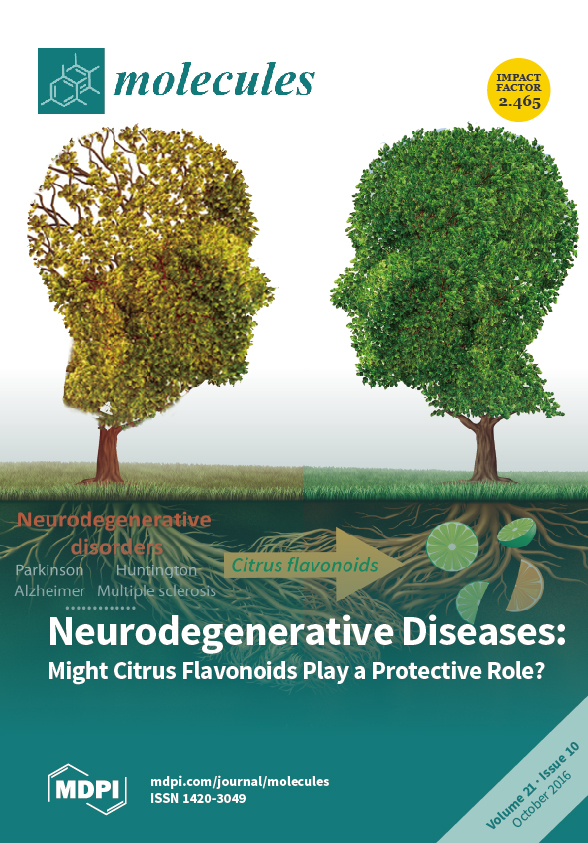Glucosinolates have anti-carcinogenic properties. In the recent decades, the genetics of glucosinolate biosynthesis has been widely studied, however, the expression of specific genes involved in glucosinolate biosynthesis under exogenous phytohormone treatment has not been explored at the subspecies level in
Brassica oleracea.
[...] Read more.
Glucosinolates have anti-carcinogenic properties. In the recent decades, the genetics of glucosinolate biosynthesis has been widely studied, however, the expression of specific genes involved in glucosinolate biosynthesis under exogenous phytohormone treatment has not been explored at the subspecies level in
Brassica oleracea. Such data are vital for strategies aimed at selective exploitation of glucosinolate profiles. This study quantified the expression of 38 glucosinolate biosynthesis-related genes in three
B. oleracea subspecies, namely cabbage, broccoli and kale, and catalogued associations between gene expression and increased contents of individual glucosinolates under methyl jasmonate (MeJA) and salicylic acid (SA) treatments. Glucosinolate accumulation and gene expression in response to phytohormone elicitation was subspecies specific. For instance, cabbage leaves showed enhanced accumulation of the aliphatic glucoiberin, progoitrin, sinigrin and indolic neoglucobrassicin under both MeJA and SA treatment. MeJA treatment induced strikingly higher accumulation of glucobrassicin (GBS) in cabbage and kale and of neoglucobrassicin (NGBS) in broccoli compared to controls. Notably higher expression of
ST5a (Bol026200),
CYP81F1 (Bol028913, Bol028914) and
CYP81F4 genes was associated with significantly higher GBS accumulation under MeJA treatment compared to controls in all three subspecies.
CYP81F4 genes, trans-activated by
MYB34 genes, were expressed at remarkably high levels in all three subspecies under MeJA treatment, which also induced in higher indolic NGBS accumulation in all three subspecies. Remarkably higher expression of
MYB28 (Bol036286),
ST5b,
ST5c,
AOP2,
FMOGS-OX5 (Bol031350) and
GSL-OH (Bol033373) was associated with much higher contents of aliphatic glucosinolates in kale leaves compared to the other two subspecies. The genes expressed highly could be utilized in strategies to selectively increase glucosinolate compounds in
B. oleracea subspecies. These results promote efforts to develop genotypes of
B. oleracea and other species with enhanced levels of desired glucosinolates.
Full article






